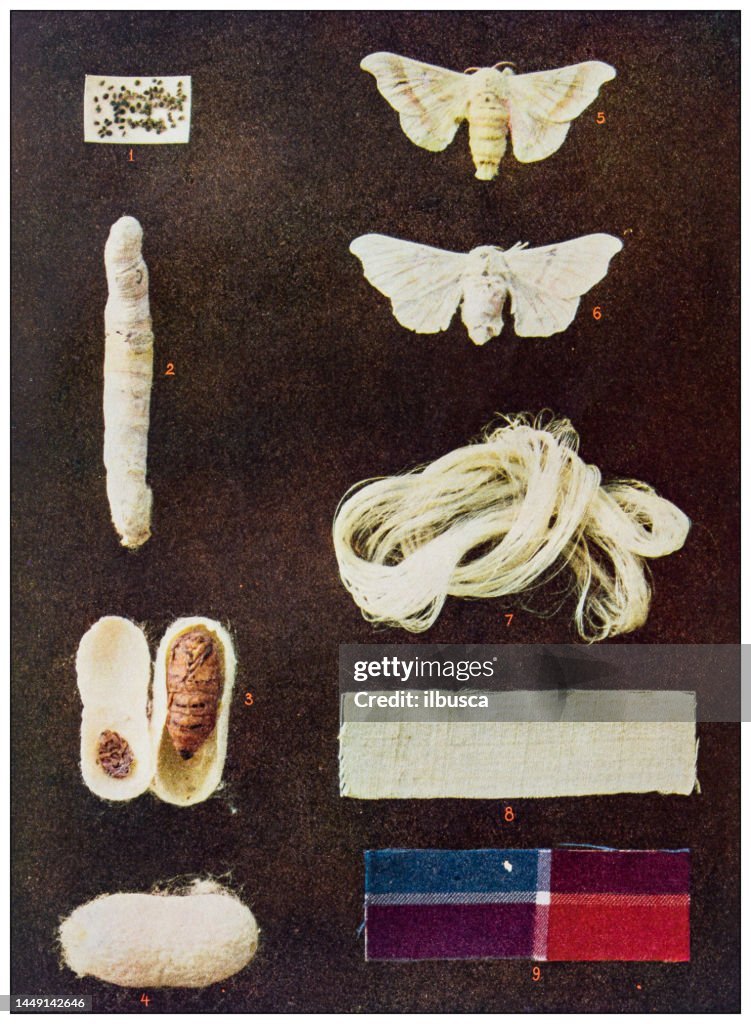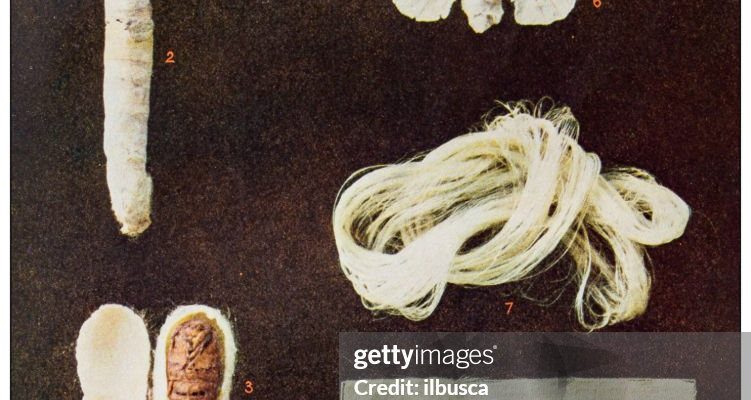
Imagine sitting at a café, sipping your favorite drink, and chatting about the beauty of these colorful creatures. Some silkworms are white, while others might be yellow, brown, or even black. Each color can tell us something unique, whether it’s about their heritage or their current environment. Let’s dive deep into the vibrant world of silkworms and explore what these color variations mean.
Understanding the Basics of Silkworms
Silkworms, or *Bombyx mori*, are the larvae of the silk moth. They are primarily raised for their silk, one of the most luxurious materials known to humans. It’s almost magical how these little worms can spin a thread so strong and fine that it has been coveted for centuries. But there’s more to them than just silk production.
Silkworms undergo several molts as they grow, transforming from tiny eggs into these plump, fuzzy creatures. Throughout their life cycle, their color can change, reflecting their growth and the care they receive. Here’s where it gets really interesting: the color variations often link directly to their genetic makeup and environmental conditions.
The Genetic Background of Silkworm Colors
Just like humans inherit traits from their parents, silkworms inherit their colors, too. These inherited traits determine not only their hue but also their overall health and adaptability. It’s fascinating to think that the silkworm’s color can tell us about its family tree!
Different strains of silkworms have been bred for specific colors, which can enhance silk production or improve resilience against diseases. For example, a white silkworm might have been selectively bred for its ability to produce higher-quality silk. Understanding these genetic backgrounds is vital for breeders aiming to cultivate the best silkworms for silk production.
Common Color Variations in Silkworms
Silkworms can come in a variety of colors, but the most common ones are white, yellow, black, and brown. Each color can signify different traits or conditions.
- White Silkworms: These are the most common type. Their color indicates healthy genetics and high silk yield potential.
- Yellow Silkworms: Often found in certain breeds, yellow silkworms can produce silk that has a slightly different texture compared to their white counterparts.
- Black Silkworms: These usually indicate a more exotic strain that may be less common but can also have unique silk properties.
- Brown Silkworms: Often seen in environments with varied diets, brown silkworms can tell us about nutritional health.
Each color variation can also indicate how well the silkworms are doing in their environment. For instance, if the conditions are less than ideal, you might see more darker or muted tones, as stress can affect pigmentation.
Environmental Influence on Silkworm Color
Just like how we might change our clothes based on the weather, silkworms can exhibit color changes based on their environment. Factors like temperature, humidity, and diet can influence their pigmentation.
For example, if a silkworm is fed an inadequate diet, it might struggle to maintain its usual color. Stressors like temperature fluctuations can also cause them to appear darker or lighter than they typically would. It’s a bit like how we might blush or pale depending on what’s happening around us.
The presence of different food types can also alter color. For instance, mulberry leaves are the staple diet for silkworms and can produce vibrant, healthy specimens. However, if they’re fed subpar leaves, you might notice a shift in their color as a signal of distress.
The Role of Color in Breeding and Selection
When it comes to breeding silkworms, color can play a significant role in selecting the best candidates for future generations. Breeders often look for specific colors that indicate desirable traits, like vigor, silk quality, and disease resistance.
For example, a breeder might prefer white silkworms since they are known to produce a high quantity of silk with minimal defects. On the flip side, a unique color variation, such as a striking black silkworm, could spark interest for niche markets looking for something out of the ordinary.
Selecting silkworms based on color not only enhances the quality of silk produced but also helps maintain genetic diversity within the population. This is crucial for ensuring that silkworms can adapt to changing environments and threats.
Silkworm Color and Health Indicators
The colors of silkworms aren’t just pretty; they can also serve as visual indicators of health. Honestly, just like us, the condition of a silkworm can sometimes be seen right on the surface.
For instance, vibrant and consistent colors typically indicate a healthy silkworm. In contrast, if a silkworm appears dull or has inconsistent coloring, it could be a sign of malnutrition or disease. Recognizing these visual cues allows farmers to take early action if they notice a problem.
If you’re ever raising silkworms, keep an eye out for these signs. A healthy silkworm should have a smooth, shiny appearance, while issues could manifest as a lack of vibrancy or unusual patterns.
Embracing the Diversity of Silkworm Colors
As you can see, silkworm color variations are more than just eye candy. They serve practical purposes in breeding, health assessment, and even environmental adaptability. Understanding these colors helps us appreciate the complexities of silk production and the fascinating world of these tiny creatures.
Every time you see a silkworm, remember that its color tells a story—from its genetics and health to the environment it thrives in. The next time you slip into something made of silk, think about the colorful journey these worms took to make it all happen!
In conclusion, the vibrant world of silkworms is a mix of art and science, with colors that reflect their genetics and well-being. So, whether you’re a curious beginner or an aspiring silk farmer, there’s a lot to uncover in the colorful lives of these remarkable creatures.

